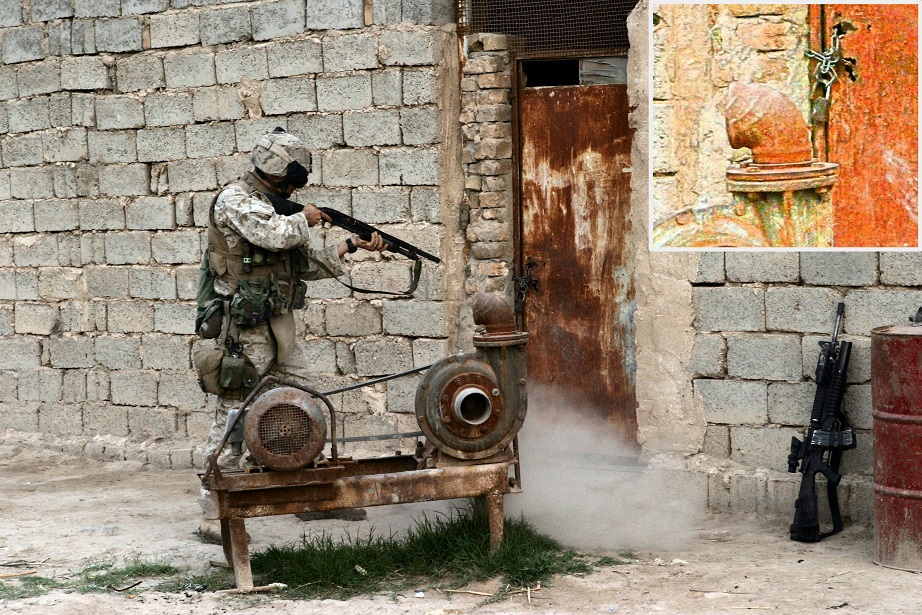This post is also available in:
 עברית (Hebrew)
עברית (Hebrew)
The US Department of Defense is interested in advancing its technological capabilities in the urban warfare setting. U.S. Special Operations Command (SOCOM) wants a handheld detector that can quickly spot hidden chambers in an average-sized room and at a range of about 6.5 feet during sensitive site exploitation (SSE) operations. The hidden compartments may contain various article, including electronics, documents, weapons, chemicals, money, people, etc.
The system could be used in various applications, beyond the Department of Defense, e.g. in the law enforcement, security and construction fields, according to sbir.defensebusiness.org.
The sensor should be able to penetrate to a depth of 2 feet and have enough battery power to run for 40-50 minutes. However, while it needs to detect hidden spaces, it doesn’t need to scan the contents inside. “It doesn’t have to ‘see’ thru a metal surface/container; the presence of a metal chamber in a wall would be a suspicious indication,” SOCOM says.
According to nationalinterest.org, the sensor must be able to distinguish between normal spaces in a wall, such as a gap between studs, and hidden compartments. It also must be able to function with a variety of building materials, including brick, cinder block, concrete, wood and sheetcrock. “The system should be able to distinguish suspicious hidden cinder block openings vs normal cinder block voids in normal wall construction,” SOCOM adds.
The device has to be easy to use and reliable. “For the operator to be willing to carry/operate an additional system, along with all of his other equipment, the system performance needs to be high; a system with low detection rates or high false detection rates will be left behind,” SOCOM points out.
SOCOM suggests that cutting-edge technologies such as modern radio frequency transmit/receive modules, advanced computer vision algorithms and modern computer processors may enable a solution to be found.


























